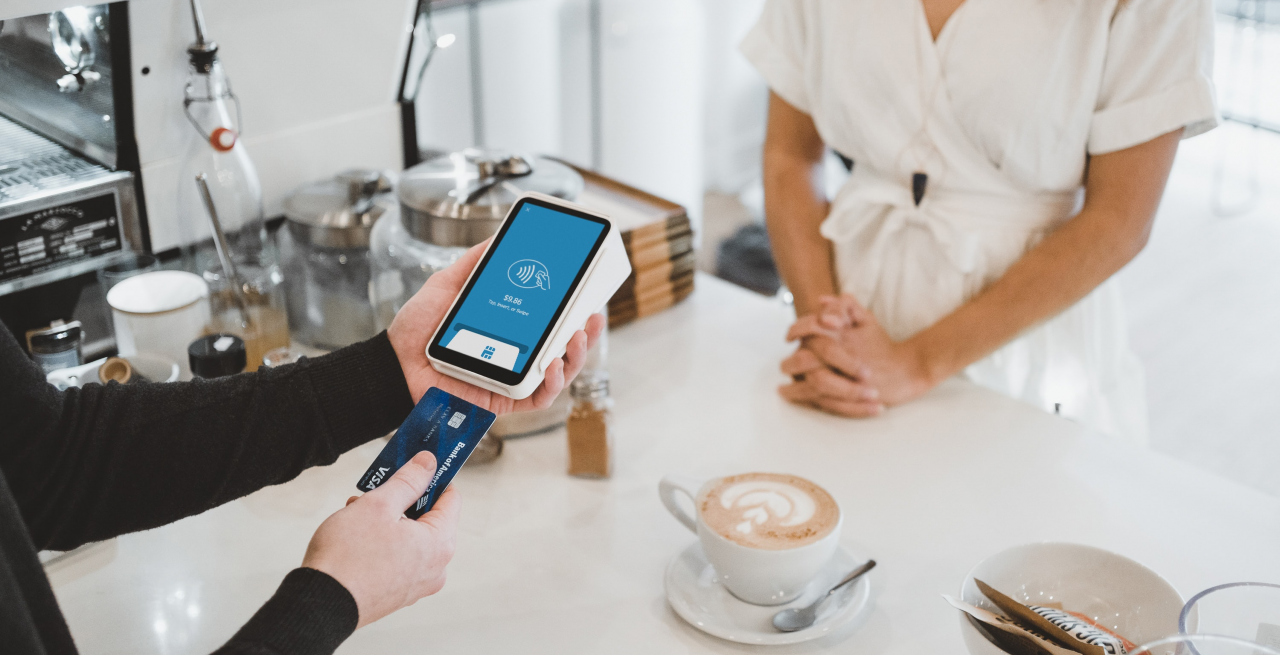Growth of Modern Contactless Payments: Increasing Restaurant Profitability and Efficiency
3 Min Read By Jon Squire
Contactless payment solutions drive operators’ revenue and elevate customer experiences, but how can the technology set restaurants up for long-term success?
Contactless solutions have become a tool to ensure the survival of many businesses over the past three years. The restaurant industry has perhaps seen higher adoption rates of this technology than any other industry. Before the pandemic, many restaurants across the country experimented with contactless order and payment solutions but did so with a relative lack of urgency.
Fast forward to 2022, and the attitude has changed drastically. Contactless payments have become the industry standard and the future of ordering and payment solutions for restaurants of all sizes. The restaurant industry is driving the growth of modern point-of-sale (POS) solutions that enable contactless payments. U.S. restaurant sales are expected to reach 898 billion dollars by the end of 2022.
Contactless payments are here to stay as the technology’s popularity grows. Restaurant owners and industry leaders must ask themselves, what’s next for this technology, and how can it help grow the business?
Thinking Long Term When Evaluating Restaurant Technologies
As customer preferences have shifted toward dine-in experiences, increasing visits by 38 percent in Q1 alone, they are now looking for restaurants to provide the same level of convenience they’ve grown accustomed to with mobile ordering experiences. In addition to deploying technology to address these shifting customer habits, arguably one of the biggest hurdles restaurant operators face is vendor fatigue.
Many restaurant owners and managers immediately invested in multiple technology solutions to stay afloat in 2020, with contactless order and payment solutions being the most important. Owners and their staff had to quickly adapt to remain profitable and keep up with customer expectations. However, daily management and switching back and forth between multiple vendors resulted in added stress on depleted restaurant staff and has undoubtedly contributed to the current labor shortage.
Now that a sense of normalcy has somewhat returned, operators should prioritize ways to deploy contactless technology to make the business even more efficient for staff and customers. Mobile and contactless solutions have cemented their place in the restaurant industry, but deploying this technology doesn’t necessarily mean your restaurant is set up for long-term success.
To ensure sustainable results, owners must consider implementing technology that integrates with existing POS systems and accepts & tracks a variety of payment methods, all the while collecting actionable data on each customer transaction.
Taking Contactless Solutions to the Next Level
Going forward, restaurants will require a dynamic payment solution that cuts across all ordering and payment methods – contactless payments, pay at the table, EMV card payments, online or application payments, etc. – while providing the same user experience to staff and customers. A universal solution like this would drive efficiency and convenience for both parties, resulting in higher profits. From a customer perspective, they would be able to drive their own dining experiences at their own pace without waiting on a server to visit their table or flag someone down. On the other side of the coin, restaurant employees would only need to manage one consolidated ordering and payment process and would have more bandwidth to deliver the experience each customer desires.
While meeting customer expectations and empowering employees are all excellent outcomes of implementing a dynamic, universal payment solution, the true value lies in its collected data. Where in the past, owners would have to glean data from disparate sources from multiple vendors, a universal payment solution would collect and consolidate all insights. This would allow owners to cultivate more personal relationships to increase customer loyalty and better market to each individual.
Restaurants could better predict and manage specific diner preferences and habits. For example, owners could quickly collect insights that show customers with specific food allergies and customize digital menus to their dietary preferences. Digital menus could even be updated to offer customers discounts or upsell suggestions based on buying patterns specific to each diner. Owners could also glean insights on location data to identify optimal locations for expansion plans or even know where to set up ghost kitchens in high-delivery areas. The ability to quickly access this data takes any marketing or loyalty program, like the common birthday email campaign, to the next level. The possibilities are truly endless.
The value of a universal payment system could improve employee experiences. In another use case, servers could use the information on customer dining preferences to suggest likely upsell opportunities which increases the probability of higher tips. CardFree’s loyalty data shows that emerging technology that provides this level of insight can lead to higher revenue and restaurant tips. In 2022, customers have realized a 14 percent increase in order values and a 12 percent bump in tip totals.
Over the next twelve to eighteen months, many establishments will take a step back and evaluate their business and operating needs – deciding where and how they can become more efficient. However, as contactless payment technologies and related solutions continue to improve, data that enables the improvement of customer and staff experiences must remain at the forefront of any restaurant owner’s plans.


